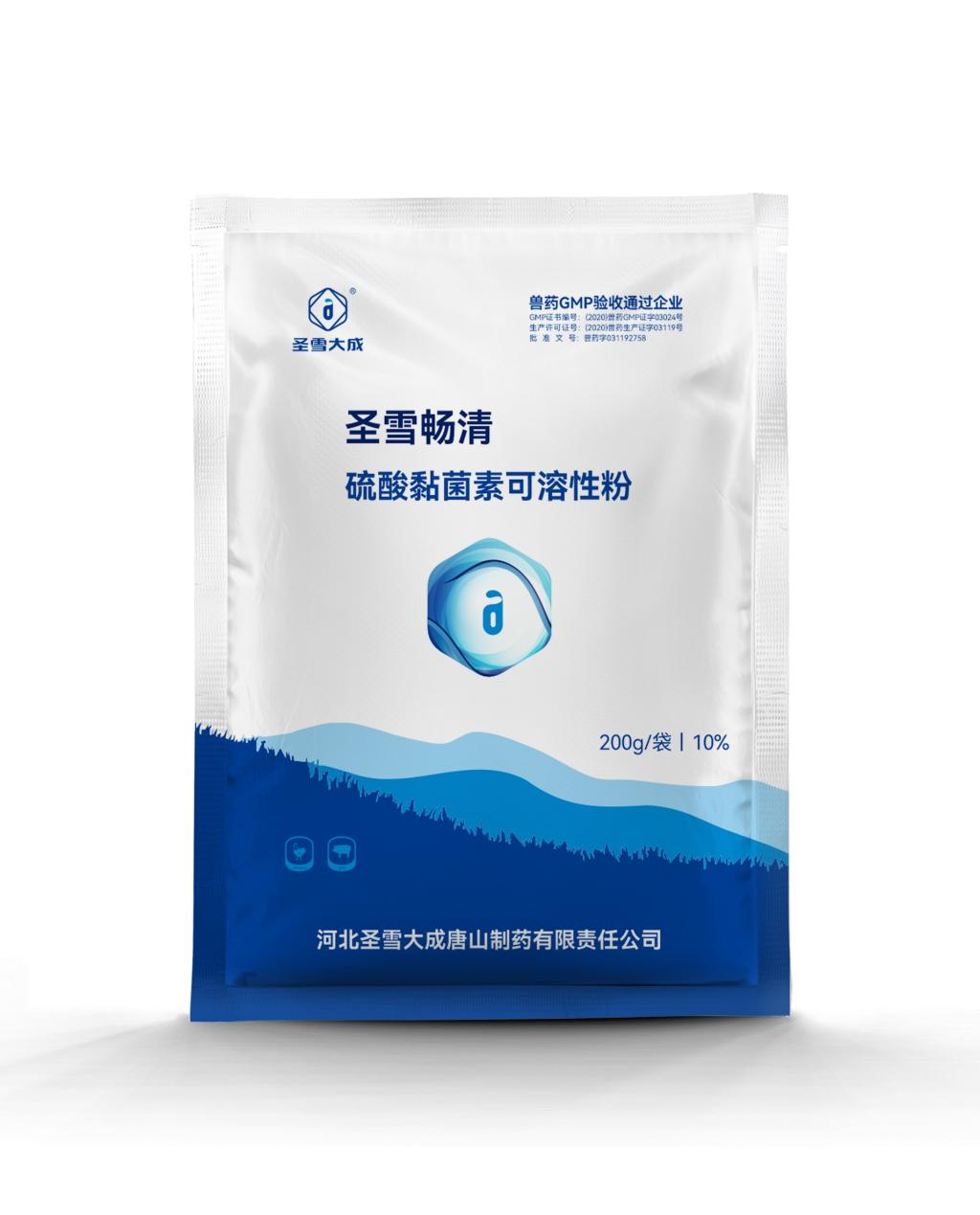Tel:+8618231198596

News
 CONTACT
CONTACT
 CONTACT
CONTACT
- Linkman:Linda Yao
- Tel: +8618231198596
- Email:linda.yao@dcpharma.cn
- Linkman:CHARLES.WANG
- Department:Overseas
- Tel: 0086 0311-85537378 0086 0311-85539701
News
Current Position:
Home >
News
>Combating Bacterial Threats: Colistin Sulfate Soluble Powder Overview.
Combating Bacterial Threats: Colistin Sulfate Soluble Powder Overview.
TIME:2024-01-02
Understanding Colistin Sulfate:
Colistin sulfate is a polymyxin antibiotic that has been used for decades to combat bacterial infections. Originally isolated from Bacillus polymyxa, colistin is now produced synthetically for medical and agricultural purposes. Its sulfate form, often administered in soluble powder formulations, is notable for its activity against Gram-negative bacteria.
Mechanism of Action:
Colistin sulfate exerts its antimicrobial activity through a unique mechanism. It binds to the lipopolysaccharide component of Gram-negative bacterial cell membranes, disrupting their structure and permeability. This destabilization leads to leakage of intracellular contents, ultimately causing bacterial cell death. The specific targeting of Gram-negative bacteria makes colistin sulfate a valuable tool in combating infections caused by pathogens such as Pseudomonas aeruginosa and Escherichia coli.
Medical Applications:
In the medical field, colistin sulfate has witnessed a resurgence in use due to the rise of multidrug-resistant Gram-negative bacteria. It is often reserved as a last-line treatment for serious infections, including those caused by carbapenem-resistant strains. Colistin sulfate is administered intravenously, intramuscularly, or through inhalation, depending on the nature and site of infection.
Veterinary and Agricultural Use:
Colistin sulfate soluble powder also plays a crucial role in veterinary medicine and agriculture. It is employed to treat bacterial infections in livestock, particularly poultry and swine. As with medical applications, colistin sulfate in veterinary use targets Gram-negative bacteria that pose a threat to animal health. Additionally, it serves as a prophylactic measure in intensive farming systems to prevent the spread of bacterial infections among animals.
Considerations for Responsible Use:
The widespread use of colistin sulfate has raised concerns about the development of antibiotic resistance. The responsible use of this antibiotic is essential to mitigate the risk of resistance emergence. Strategies such as prudent antibiotic selection, proper dosage administration, and adherence to withdrawal periods in veterinary applications contribute to the overall effort to combat antibiotic resistance.
Antibiotic Resistance and Cross-Resistance:
Colistin resistance has been reported in various bacterial strains, primarily due to the presence of specific resistance genes, such as mcr-1. Cross-resistance between colistin and other antibiotics may occur, further limiting treatment options. Monitoring and surveillance efforts are crucial to detect and address resistance trends promptly.
Environmental Impact:
The environmental impact of colistin sulfate use, particularly in agriculture, is a subject of concern. Residues from animal excretions may enter soil and water systems, potentially contributing to the spread of antibiotic resistance. Sustainable farming practices, wastewater treatment, and adherence to recommended withdrawal periods help minimize the environmental footprint of colistin sulfate use.
Regulatory Framework:
The regulatory oversight of colistin sulfate varies across regions. Regulatory bodies set standards for its use in human medicine, veterinary medicine, and agriculture. Stringent regulations aim to ensure the safe and responsible use of colistin sulfate, considering its critical role in combating bacterial infections and the imperative to preserve the effectiveness of antibiotics.
Challenges in Research and Development:
The emergence of antibiotic resistance has prompted renewed interest in research and development efforts to discover new antimicrobial agents. Finding alternatives to colistin sulfate and other antibiotics facing resistance challenges is a priority. Investments in novel drug discovery, innovative therapies, and alternative treatments contribute to the long-term sustainability of antibacterial interventions.
One Health Approach:
The interconnectedness of human, animal, and environmental health is central to the One Health approach. In addressing bacterial threats, including those resistant to antibiotics like colistin sulfate, a collaborative One Health strategy is essential. This approach involves coordinated efforts among healthcare professionals, veterinarians, researchers, and policymakers to promote responsible antibiotic use and mitigate the risks of antibiotic resistance.
Future Directions and Innovations:
The future of antibacterial interventions, including colistin sulfate, lies in innovation and collaboration. Ongoing research aims to discover new antibiotics, develop alternative therapies, and improve existing treatments. Integrating technological advancements, such as precision medicine and genomic analysis, into antibacterial strategies enhances the precision and efficacy of interventions.
Conclusion:
Colistin sulfate soluble powder remains a crucial tool in the fight against bacterial threats, particularly those resistant to multiple antibiotics. Its applications in human medicine, veterinary medicine, and agriculture underscore its versatility and effectiveness. However, the responsible use of colistin sulfate is imperative to address concerns related to antibiotic resistance and environmental impact. As the scientific community, healthcare professionals, and policymakers work together, the future holds promise for innovative approaches to combat bacterial threats while safeguarding the efficacy of antibiotics for generations to come.
- Tel:+8618231198596
- Whatsapp:18231198596
- Chat With Skype







